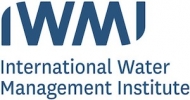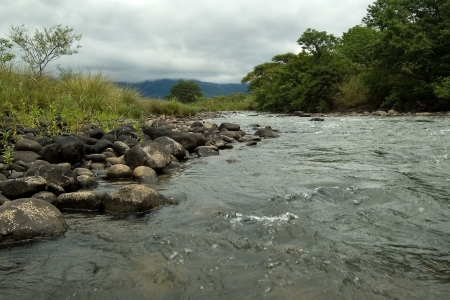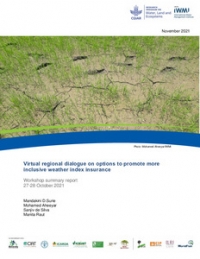Sri Lanka’s mean annual rainfall (MAR) ranges from over 5000 mm in the wettest regions to under 900 mm in the driest regions. Although it appears at first glance that Sri Lanka is well endowed with water resources (since even the driest parts of the country receives significantly high MAR), the management of these resources is of primary importance to the country due to the seasonal nature of its reception, observed changes in spatial and temporal patterns of precipitation and the uncertainty associated with future projections. Storage of water is widely regarded as a form of insurance against such climate variability. Sri Lanka has multiple options for water storage ranging from groundwater and large dams to a unique ancient tank system which has evolved and sustained through the centuries. However what is unclear is the optimum storage development plan (which would include an optimal storage combination in different regions/ basins) that is needed to ensure sustainable management of the country’s water resources and successful mitigation of floods and droughts under current and future climate variability. Another unresolved issue is the non-existence of guidelines to allocate environmental flows/releases (a flow regime designed to maintain a river in some agreed ecological condition) to sustain aquatic ecosystems, while developing water resources for human use. At the same time, inaccessibility of real time climate data and lack of coordination in data sharing among different water sector agencies also affects water management decision making, especially reservoir operations. The study aims to fill the above gaps by (a) attempting to identify the optimum, environmentally sensitive, sustainable storage scenarios for the country under current and future climates to cater to both floods and droughts, (b) promoting the use of low cost mobile weather stations for acquiring real time climate data, especially for reservoir operations. The study will be initially focused on two pilot river basins, one entirely in the wet zone (Kalu Ganga) and another entirely in the dry zone (Malwatu Oya), with recommendations for up-scaling to national level.
menu





/index.jpg?itok=EzuBHOXY&c=feafd7f5ab7d60c363652d23929d0aee)









